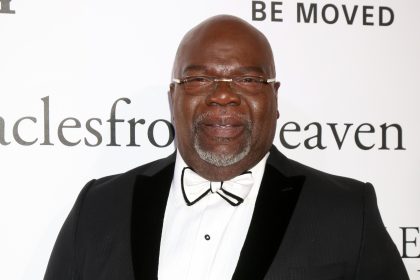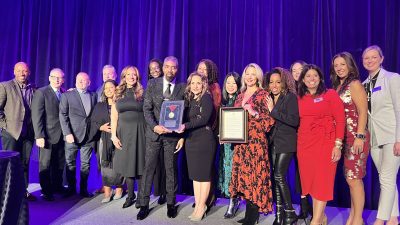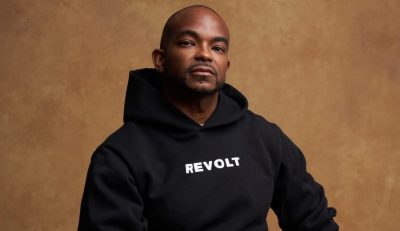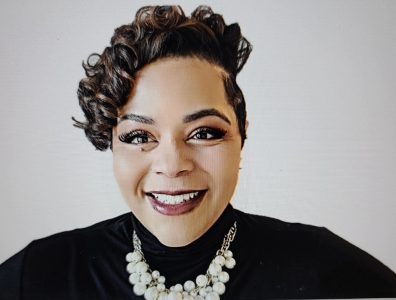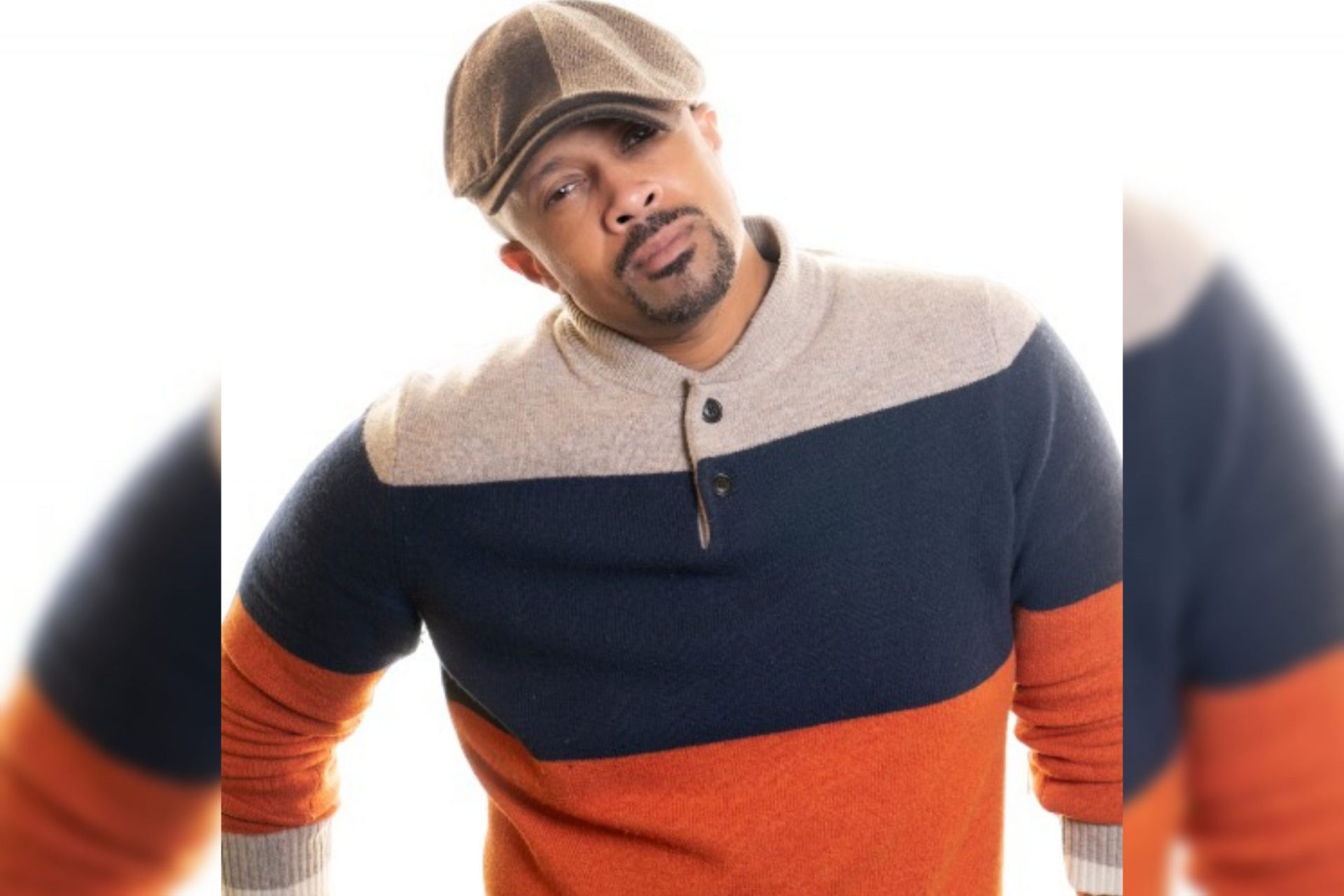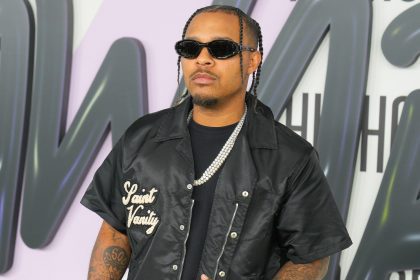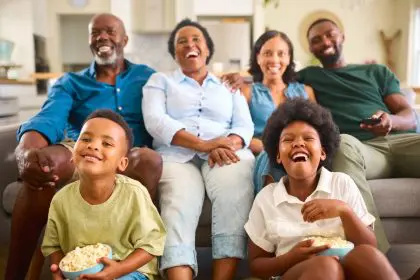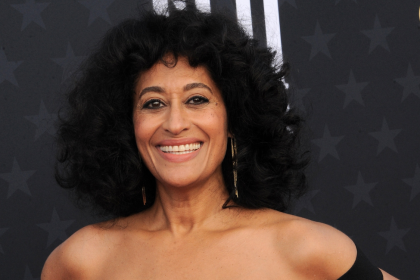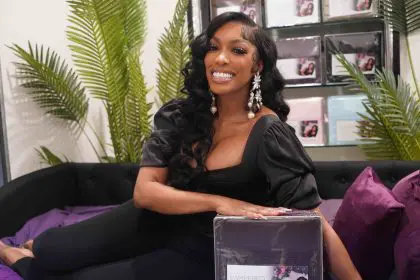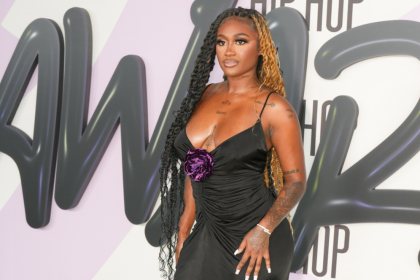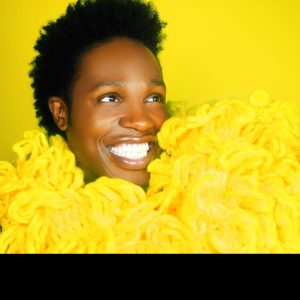
Media shapes the perception of our world in a multitude of ways and those who operate behind the scenes, arguably hold the greatest power in this dynamic. Michele Wilson, an Emmy-nominated executive producer, has taken on a leadership role in media for over 12 years with credits that include “The Oprah Winfrey Show” and “Inner Chef with Marcus Samuelsson.” Most recently, she expanded her industry expertise to the areas of management, public relations and marketing initiatives. Wilson spoke with rolling out about why she refrains from morally questionable media projects and more.
How do you determine which projects you will take on? What are the main elements that you look for?
The projects I choose need to have a heart and purpose that are entertaining and contribute something to the viewer. Now that sometimes does not fit well in the midst of all this “how crazy can you be TV,” but I don’t want to feed into that. I’ve been accused of pitching things that are too heartfelt or intellectual. I come from news, WBBM in Chicago and then “The Oprah Winfrey Show.” Both of these places taught me how to build entertaining and exciting content without it being salacious or crude.
How has social media impacted your approach to developing content?
In today’s market, when developing programming, it is important to think from a big picture perspective. You not only have to think of the show content, but now it is just as important to develop content-driven marketing initiatives that engage an audience and create dedicated viewers. Today, it is often your online and social media content that creates the buzz, which then generates your viewership and interests advertisers.
What are the main differences between creating content for Web vs. TV and how does that affect your strategy for both formats?
When creating video content for the Web exclusively, the big difference is budget. The Web is a lot more forgiving than TV, so you can reduce your video production cost a bit. The strategy still has to include a social media component. One that is even stronger if there is no TV driving to the Web. The best results happen when your TV and Web creative teams work simultaneously to create a synergy that connects the TV project with the Web and the Web to social media that leads back to buzz and viewership.

